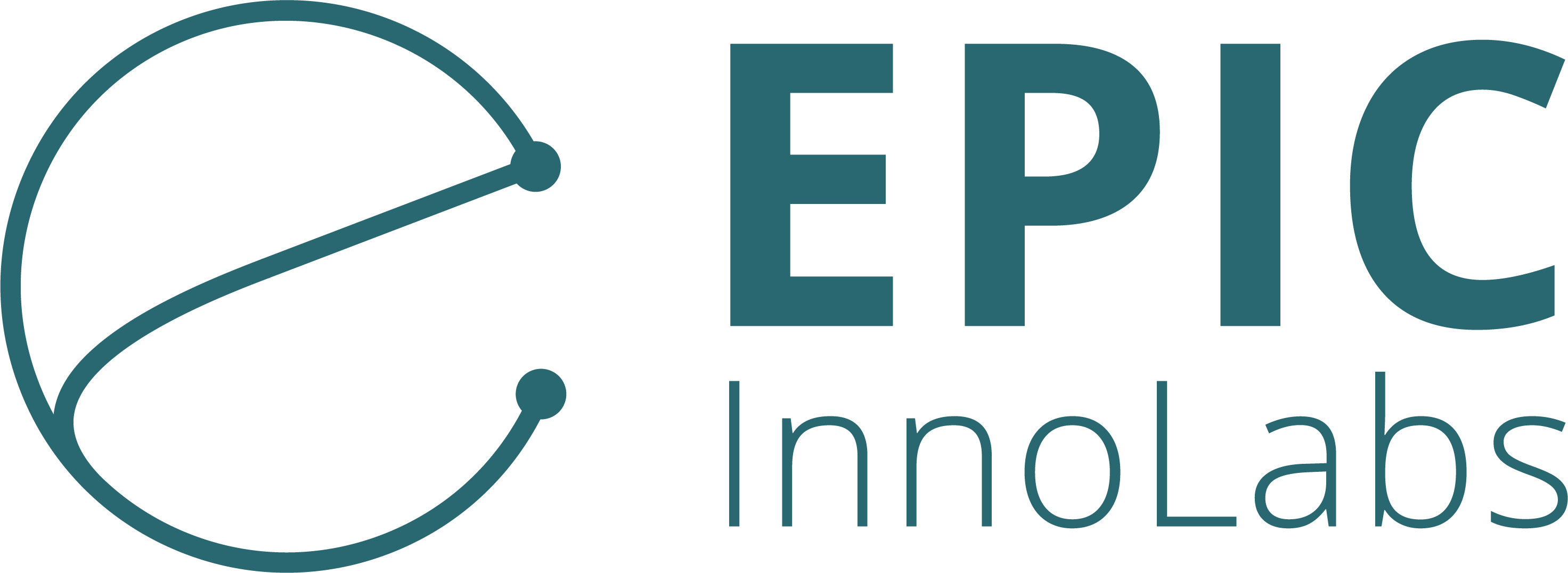
What does the future of production and robotics look like? How can robots see or draw portraits? Will they remain tools, become colleagues or even competitors? How do we manage to meet individual customer requirements in manufacturing and still continue to produce competitively in Europe? We will address these questions in an interactive open-lab exhibition at Stuttgart City Hall from June 28 to July 1, showing how scientists from Fraunhofer IPA, SZTAKI and EPIC InnoLabs have worked together to teach robots a bit of human capability. Our exhibits bring together sensitivity, vision as well as artistic potential and thus provide insights into the combination of robotics and artificial intelligence. In addition to technical presentations – and a joint performance on 6/29 – visitors can observe our robots in live demonstrations, interact with them, and have them draw for them. Our robot playground makes robotics an understandable experience even for the youngest students.
Program of Fraunhofer IPA and SZTAKI on the science festival
Note: the programs would be held in the festive room in the town hall (where our exhibition would also be on display), except for the big joint performance, which would be held in the meeting room.
Wednesday (06. 29.)
- 9.00-9.30 Official Opening Ceremony
- 11.00-11.45 Workshop: Robots around humans: tools, companions or competitors?
- 13.00-13.30 Live demonstrations: Time-Slot We1
- 14.00-14.45 Workshop: Computer Vision: How can robots see?
- 15.00-15.45 Workshop: How do you teach a robot to draw?
- 18.00-19.00 Joint presentation of Fraunhofer IPA and SZTAKI (in the conference room)
Thursday (07. 30.)
- 9.00-9.30 Live demonstrations: Time-Slot Th1
- 10.00-10.30 Live demonstrations: Time-Slot Th2
- 11.00-11.45 Workshop: Robots around humans: tools, companions or competitors?
- 13.00-13.30 Live demonstrations: Time-Slot Th3
- 14.00-14.45 Workshop: Computer Vision: How can robots see?
- 15.00-15.45 Workshop: How do you teach a robot to draw?
Friday (07. 01.)
- 9.00-9.30 Live demonstrations: Time-Slot Fr1
- 10.00-10.30 Live demonstrations: Time-Slot Fr2
- 12.00-12.30 Live demonstrations: Time-Slot Fr3
Robotic playground—live demonstrations
Location: Festraum im Rathaus
Duration: 30 minutes
It is our philosophy to not only talk about science but also to show it: we offer on-demand, 15–20-minute live demonstrations, suited for specific audiences (from primary school to university level).During these tours, visitors can get hands-on experience with new trends of robotics and artificial intelligence, in a friendly yet accurate fashion. Participants may see live robotic applications, ask questions, or discuss topics they are interested in, from the present and future of AI, to the general understanding of robotics, and beyond.
Computer Vision: How can robots see?
Machine learning made robots smarter. What does the future hold?
Location: Festraum im Rathaus
Duration: 45 minutes
Description: Almost everyone who saw “Terminator” can recall the scene when Arnold Schwarzenegger’s T-800 looks around and detects humans and object in its close vicinity to know how to act—for better or worse. This is science fiction, but the way computer vision works is not far from the movies. We recommend this workshop to everyone interested in seeing how robot vision works, and how its abilities of perception affect the robot’s intelligence. First, participants will get an introduction to the evolution of computer vision and machine learning. Next, we will present state-of-the-art algorithms for computer vision focusing on the field of robotics. The topic will be conveyed in an interactive way that makes it understandable for beginners, but it can be interesting for professionals in industry or academia as well.
Robots around humans: tools, companions or competitors?
A glimpse at collaborative robots entering the industry
Location: Festraum im Rathaus
Duration: 45 minutes
Description: Will robots take our jobs? Do we have reasons to fear them? Not quite—in fact, science says they will make our chores way easier to master through a broad range of cooperation. The future for humans and robots is to work together, getting us to a new era of industrial development. Collaborative robotics is a profoundly evolving area bound to change our views and expectations regarding robots in workplaces—the workshop highlights these key trends and current challenges through suggestive explanations and live demonstrations.
How to teach a robot to draw?
Modern problems require modern solutions: The evolution of robot programming
Location: Festraum im Rathaus
Duration: 45 minutes
Description: Some tasks seem quite easy for humans, yet, they are inconceivably difficult for robots. Take drawing for example. Almost everyone can draw a portrait to some extent, at least sketching some lines resembling a human face. But machines have different skillsets: they do not perceive the world the way we, humans do, and this makes such “natural” tasks challenging for them. Yet, nowadays, robots can already cook dishes, serve cocktails, and even draw portraits. How did we get here? This workshop will examine the trends from the early days of automation to today’s expectations. The focus will be on industrial robots, and how flexible behavior can be achieved by implementing the sense–think–act paradigm.

